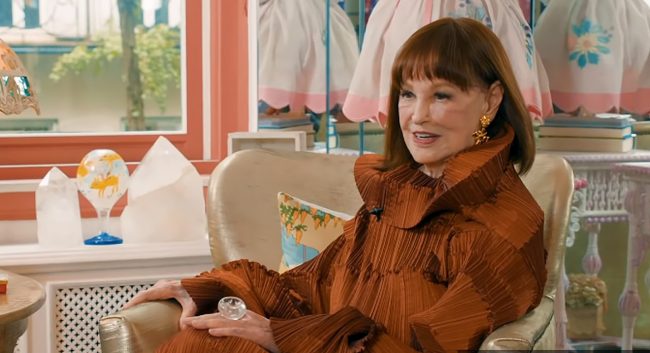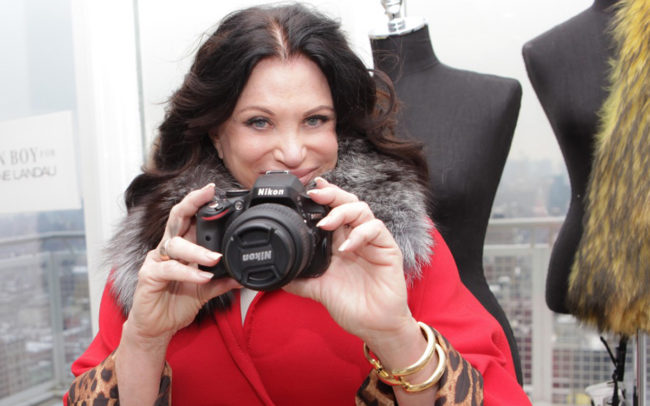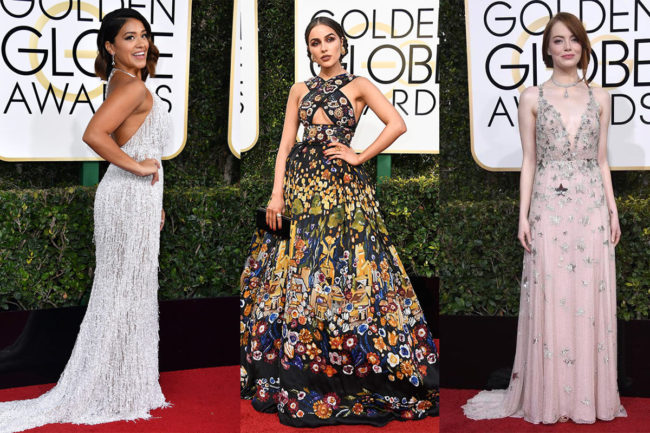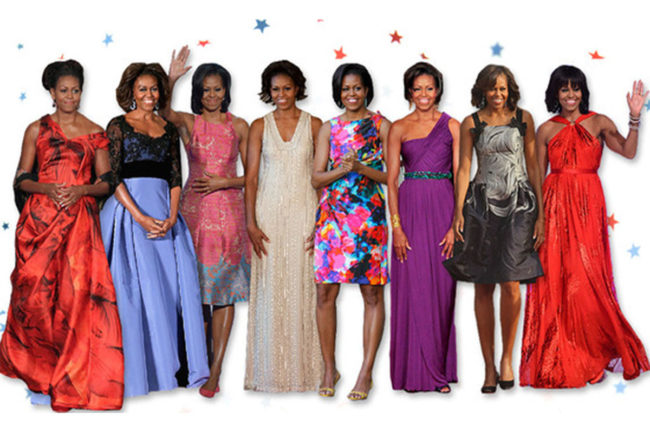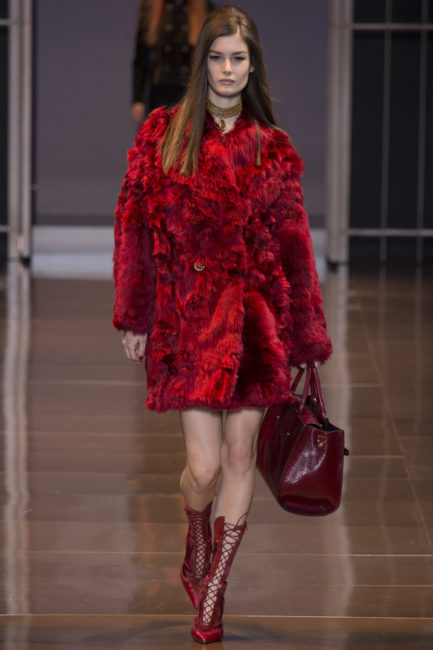
GUCCI : Ethically Minded or Sadly Mistaken?…. Things That Make You Go Hmmm
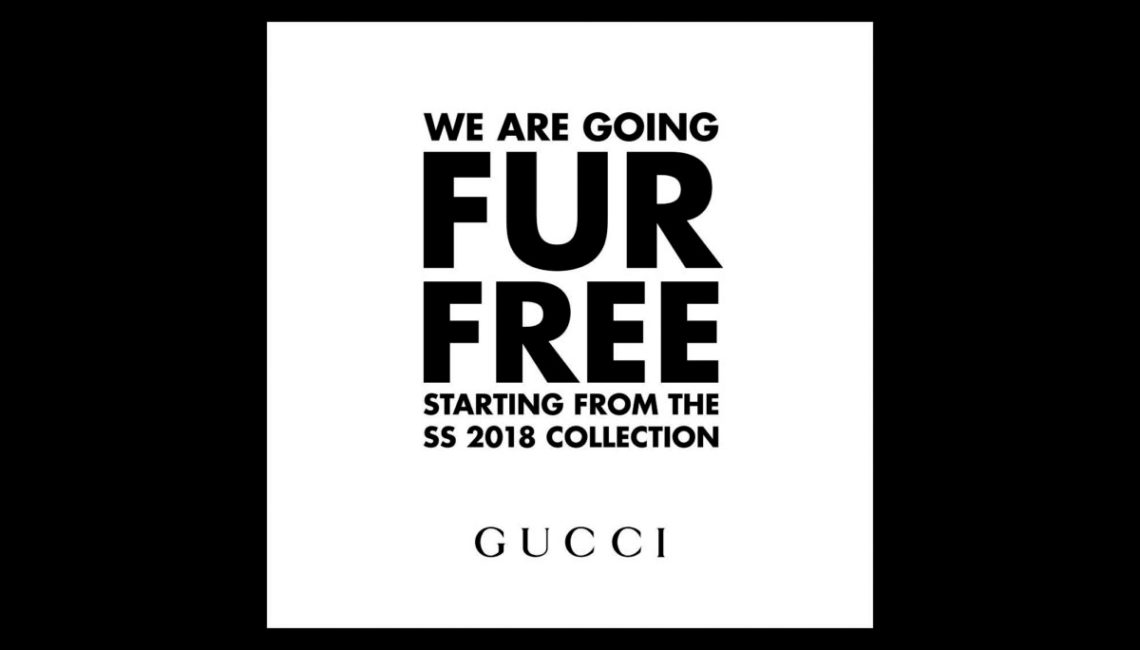
Last week’s announcement that Gucci had decided to drop real fur and discussions that they may seek to replace it with petrol-based fake fur in support of sustainability came as a bit of a shock. Just a few short months ago they were loudly advocating in support of their Kangaroo slides, one of the most popular fashion items last season. And season after season they have produced some of the most beautiful furs to come down the runway. So what happened? What are they thinking????
Gucci fur free announcement
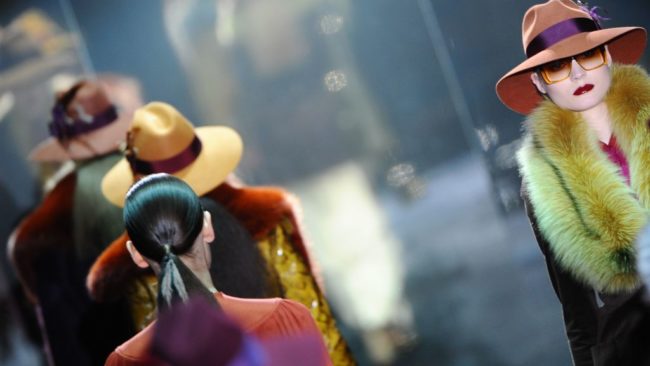
Trims and full fur looks alike is what has kept the Gucci brand at the forefront of fashion’s demand
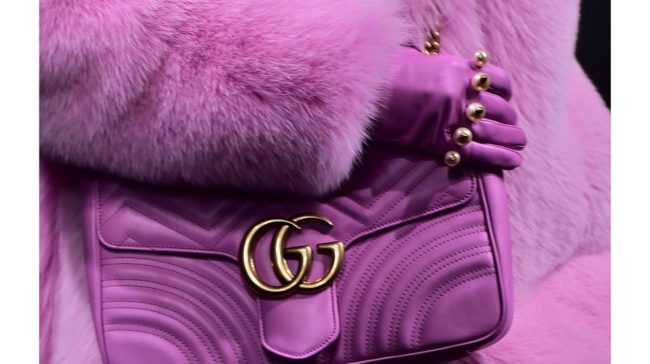
Gucci has always pushed the envelope and experimented with the versatility and lure of real fur
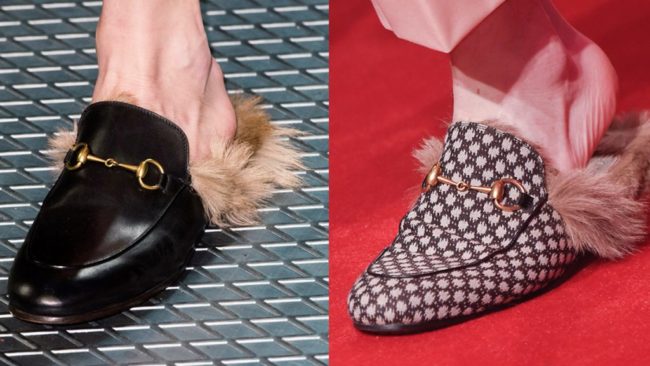
Gucci has become known for their much-loved fur lined mules that have been worn by countless style mavens; both male and females alike
Dissecting the Decision of Gucci: Truth vs. Fiction
First of all…let’s discuss the idea of a move to petroleum based faux fur products. According to dictionary.com the very definition of sustainability is “the quality of not being harmful to the environment or depleting natural resources, and thereby supporting long-term ecological balance.” On the first count, not being harmful to the environment, petrol-based plastic fur is extremely harmful to the environment. It isn’t biodegradable. It is harmful to wildlife. Carcinogens are released in the production of these materials. And just think about the thousands of tiny plastic lint fibers released into waste water when you wash these faux furs. They are then released into oceans and rivers where they are ingested by fish, mammals and sea birds. It doesn’t take a scientist to know that can’t be good!
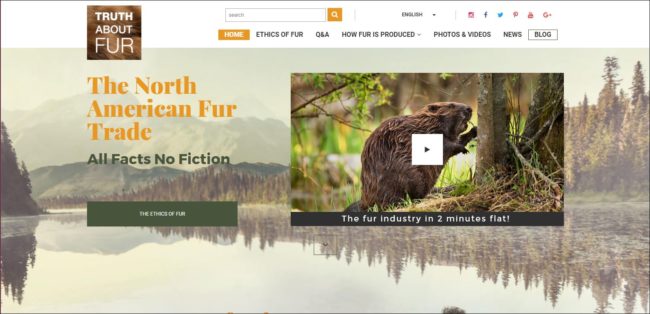
TruthAboutFur.com is a consumer-facing resource site that delves into the proven and factual differences between real and faux fur. The site also gives historical and modern day environmental facts about the fur trade’s role in shaping society
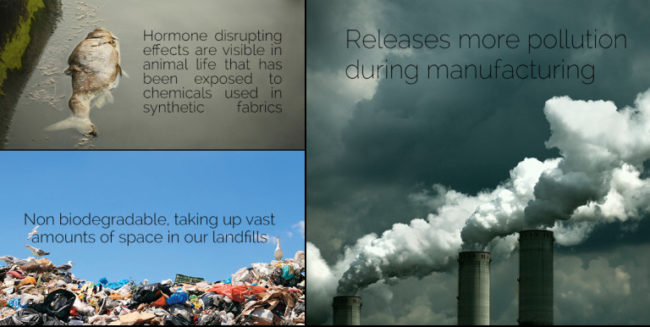
toxic impacts of faux fur production
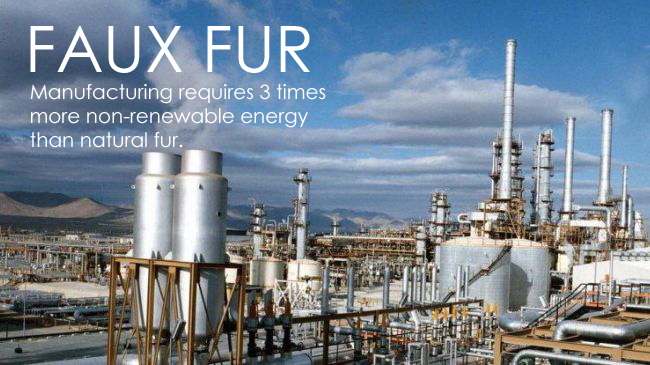
The truth about faux fur
On the second count of the definition that suggests sustainability is the quality of not depleting natural resources, it is well documented that petroleum is a non-renewable resource. There’s only so much of it left. Isn’t that one of the reasons the race has been on for alternative sources of fuel? So come on, the use of petroleum based faux fur product not only does not support sustainability, it is a direct contradiction to the ideals of sustainability!
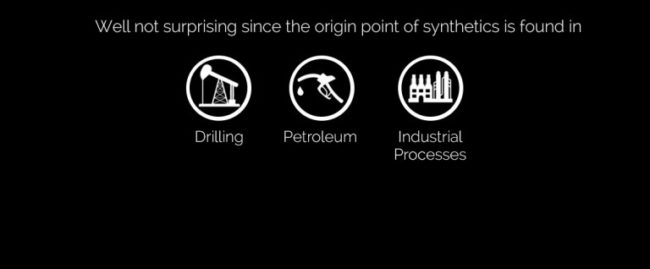
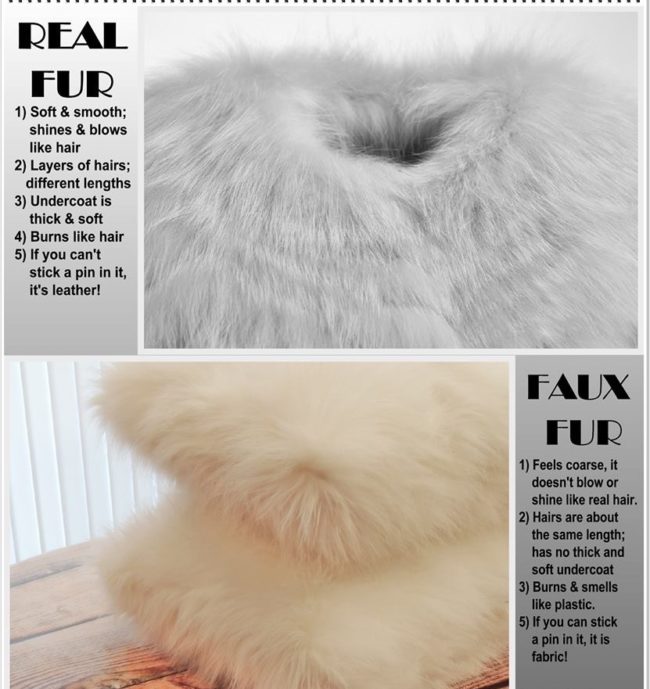
Now let’s also consider sustainability in a broader sense. The sale of wild fur provides vital income for remote indigenous communities who are limited in their options for creating income. Consider the Inuit people who have supported themselves for generations by harvesting wild fur. They depend on this activity for their very survival in remote regions. It allows them to sustain their families and their culture. Without this source of income, their best second option is to get on board with the proposed options for drilling for oil in the North Sea. They have to provide for their survival after all. If sustainability is indeed the name of the game, does encouraging support for these drilling programs mesh with the concept of sustainability? I don’t think so!

The fur trade continues to play a crucial role in the lives of indigenous people within North America
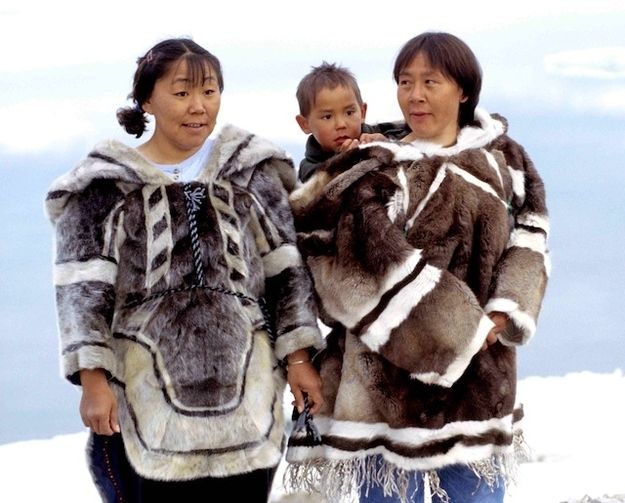
The Inuits are an indigenous people that inhabit the arctic regions of the U.S., Canada, and Greenland. Their lives have depended on being able to live off the land and correctly forecast the weather, using skills passed down from generation to generation.
And then there’s the role that wild fur sales plays in wildlife management and conservation programs. Many fur bearers are so abundant today that overpopulation poses a threat to their own welfare. Failure to properly manage these populations will result in disaster for the animals, their habitats and the people who must share space with them. But with continued cuts in government budgets, wildlife management professionals lack the resources to do what is needed to sustain healthy populations. Without the financial support that comes from the sale of wild furs, it becomes increasingly difficult to effectively manage these populations.

US Fish and Wildlife Services
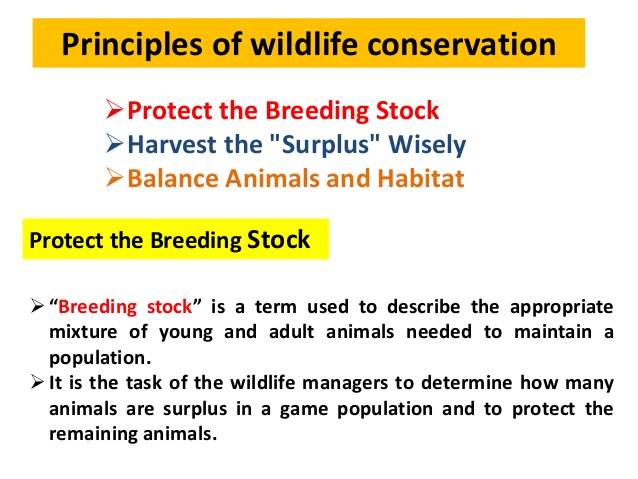
Wildlife Conservation is an issue both sides of the fur debate should be concerned about
As fast fashion is quickly coming to dominate, other questions about sustainability arise. What is the impact on the environment of the overconsumption of synthetic fast fashion that is more readily disposed of relatively quickly? Where consumers are concerned about sustainability and the environment, shouldn’t the focus be on natural, renewal, recyclable product that can last generations such as real fur rather than the plastic materials and other synthetics such as petrol based faux fur? It seems to me that in this debate, natural products like fur should be honored.
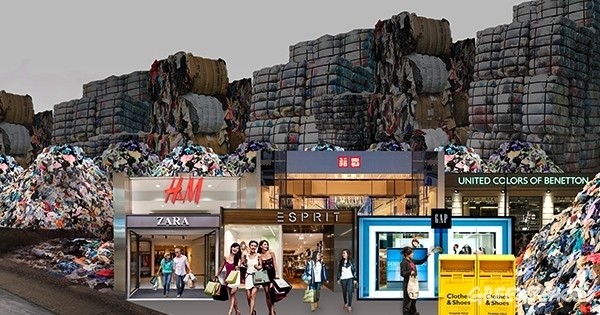
Over-consumption of synthetic fast fashion is causing a nightmare situation for landfills
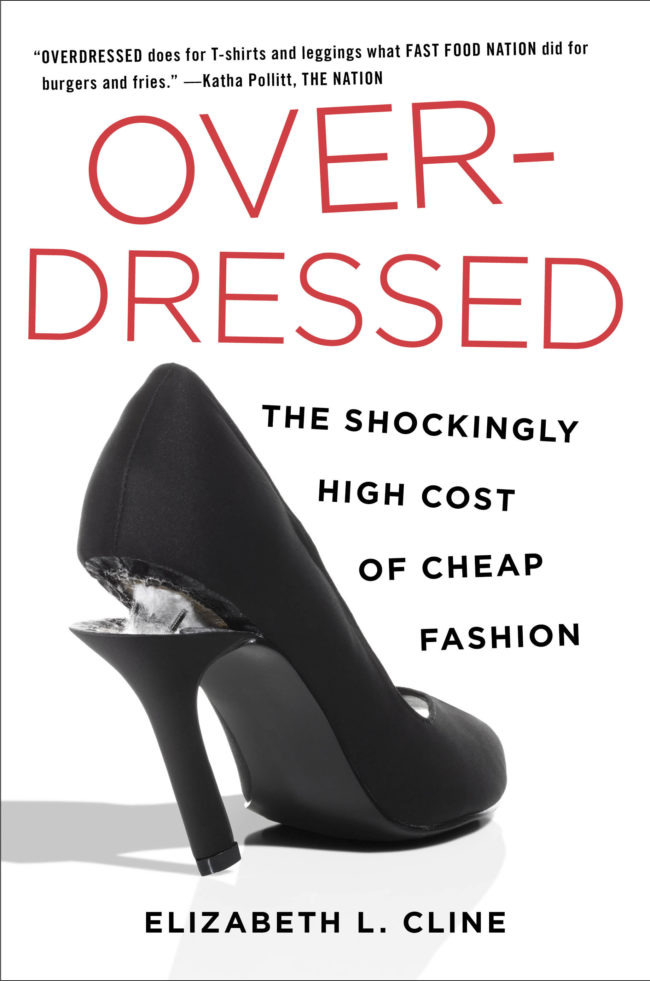
In Overdressed: The Shockingly High Cost of Cheap Fashion, Elizabeth Cline investigates the world of cheap fashion, tracing the growth of the cheap clothing trend
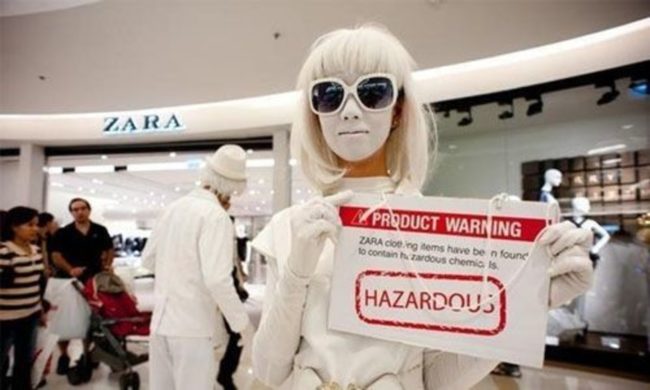
Fast Fashion Is the Second Dirtiest Industry in the World, Next to Big Oil – EcoWatch
Around the world fur continues to be a popular fashion item with nearly 70% of major designers including some fur in their collections. Why? Because innovative new techniques in fur dying and production allow designers a breadth of creative possibilities unmatched by any other textile. This creativity is allowing designers to produce the kinds of fashions that today’s consumer seeks. And because designers and consumers recognize the value of a natural product and an artisanal production process.
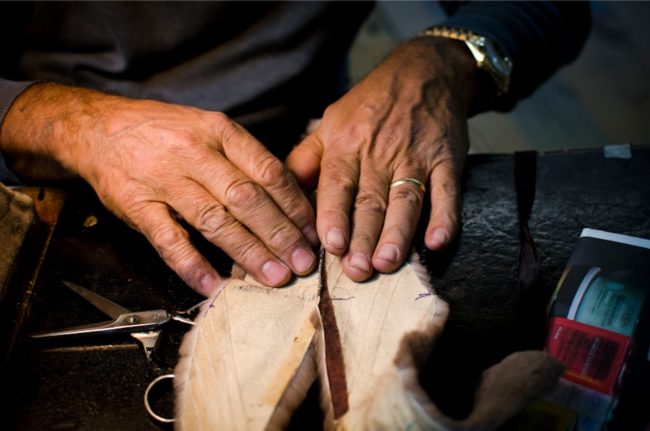
This creativity is allowing designers to produce the kinds of fashions that today’s consumer seeks. And because designers and consumers recognize the value of a natural product and an artisanal production process.
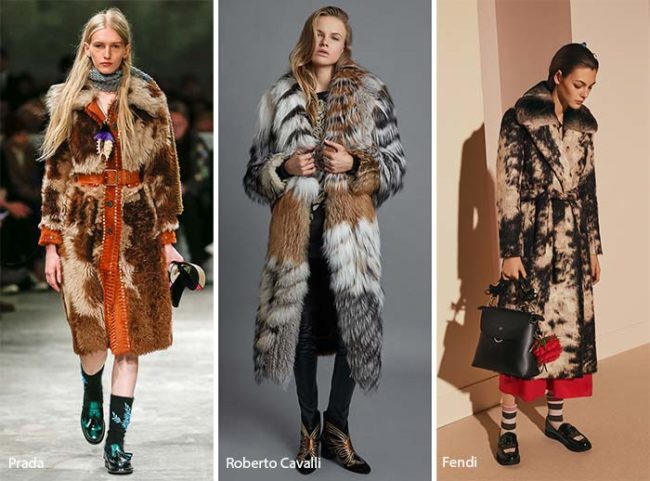
Pre-Fall 2017 Fashion Trends: Extravagant Printed Outerwear
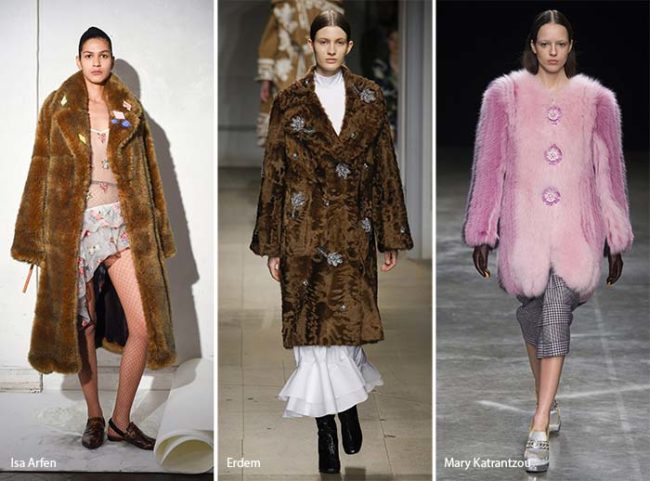
Fall 2017/ Winter 2018
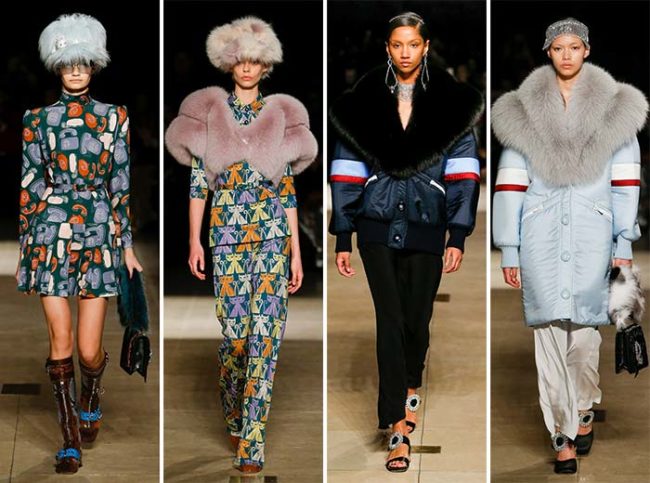
Miu Miu Fall 2017/ Winter 2018
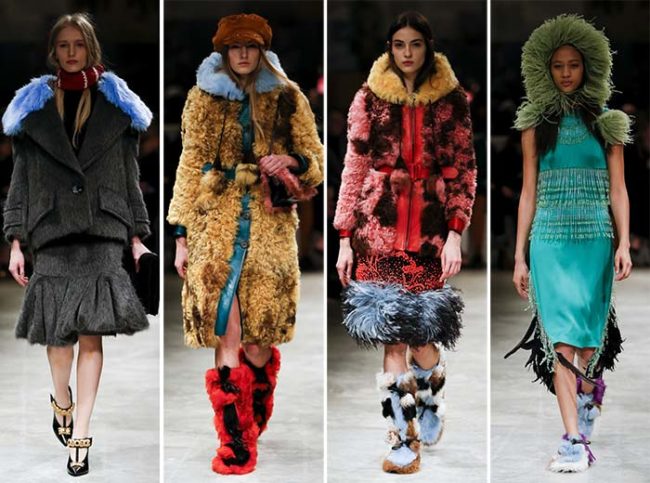
Prada Fall 2017/ Winter 2018
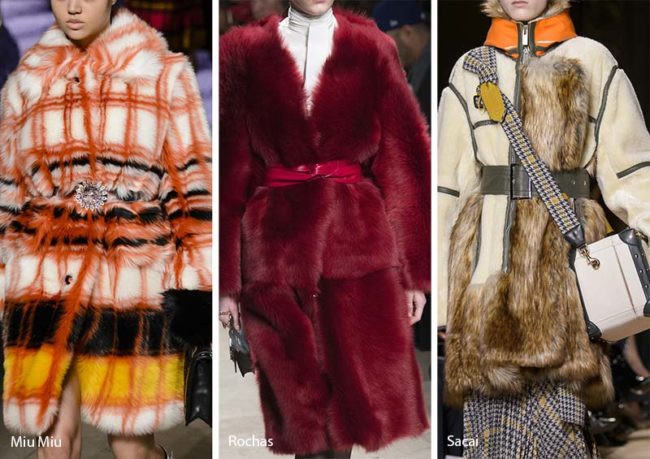
Fall Winter 2017 2018 Fashion Trends | fur coats
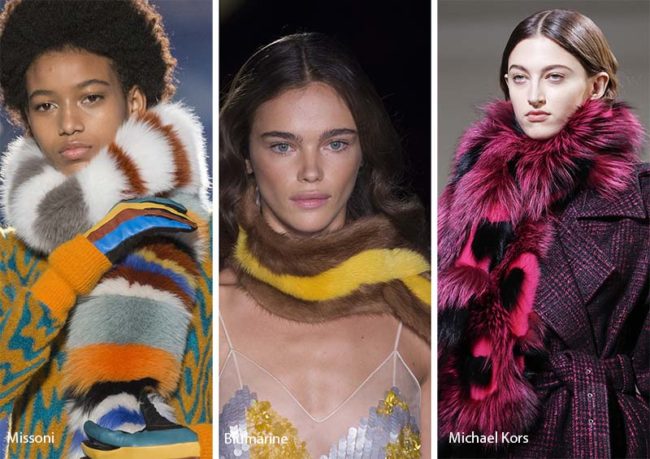
Fall/ Winter 2017-2018 Accessory Trends: Fur Stoles and Scarves
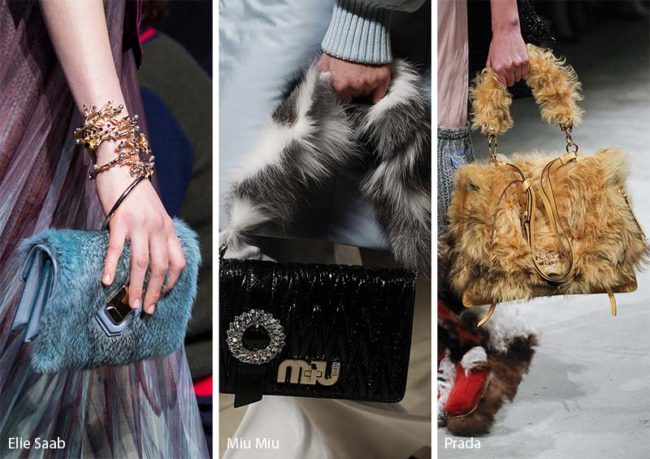
Fall/ Winter 2017-2018 Handbag Trends: Fur Bags
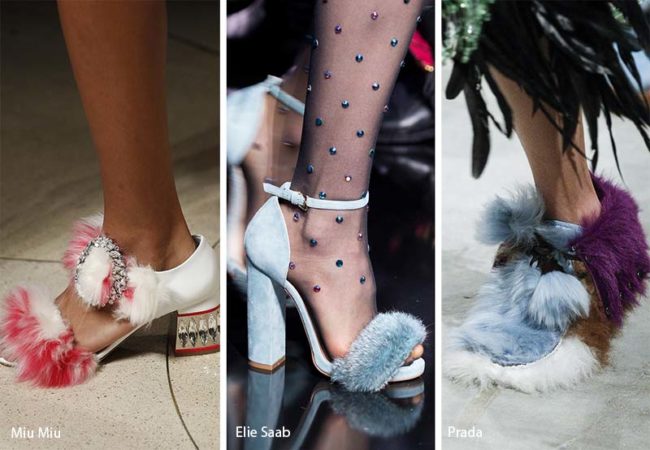
Fall 2017’s biggest trend… the fur shoe
We respect freedom of choice and the right of every consumer to make their own decision. But in this debate, to make informed decisions, consumers need honest information based on fact and science. If sustainability is really the goal of Gucci, it is pretty clear that petrol based fake plastic fur is not the answer.
To the folks at Gucci….I hope you will reconsider and engage in a meaningful dialogue about sustainability. Then I think you will realize the value of real fur in this regard. And hopefully, you will apply your extraordinary design talents once again to create the exceptional fur fashions that have been a part of the brand’s DNA.
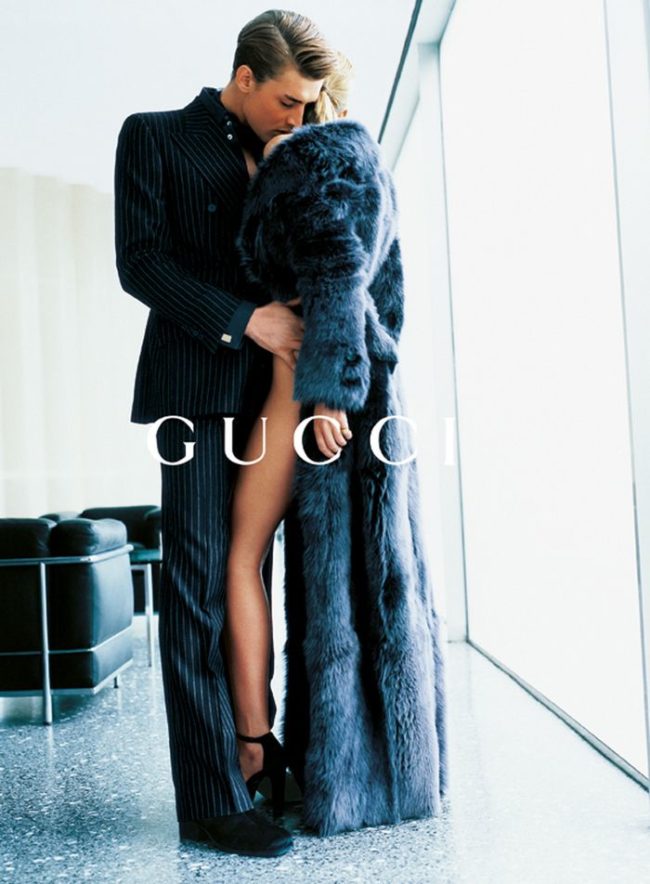
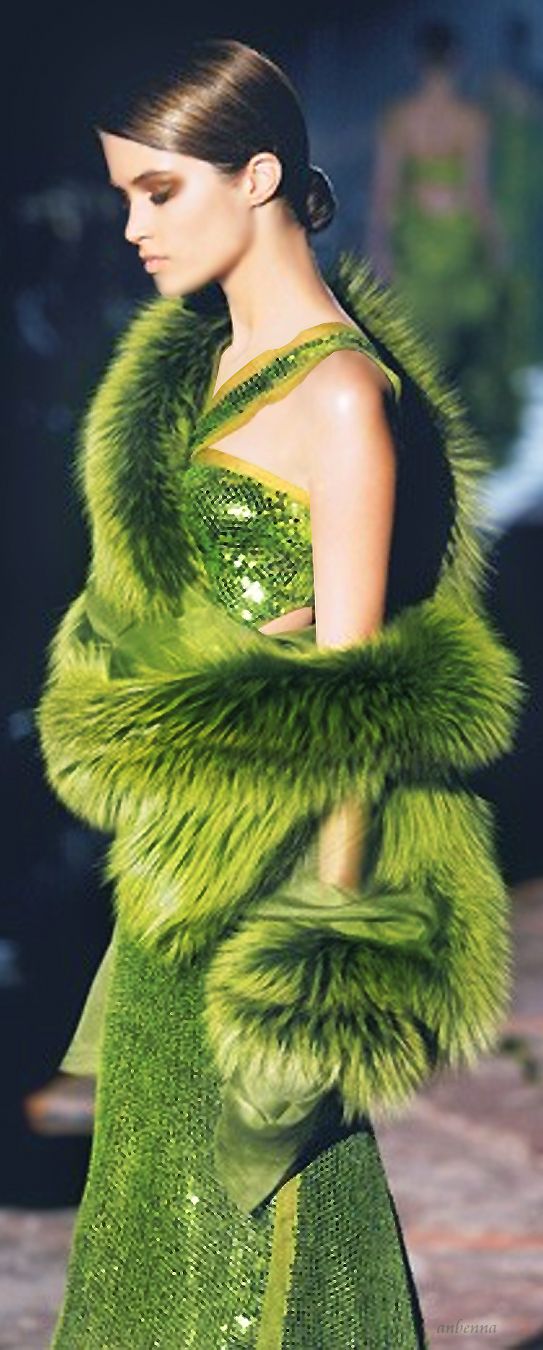
Gucci by Tom Ford fall 2004
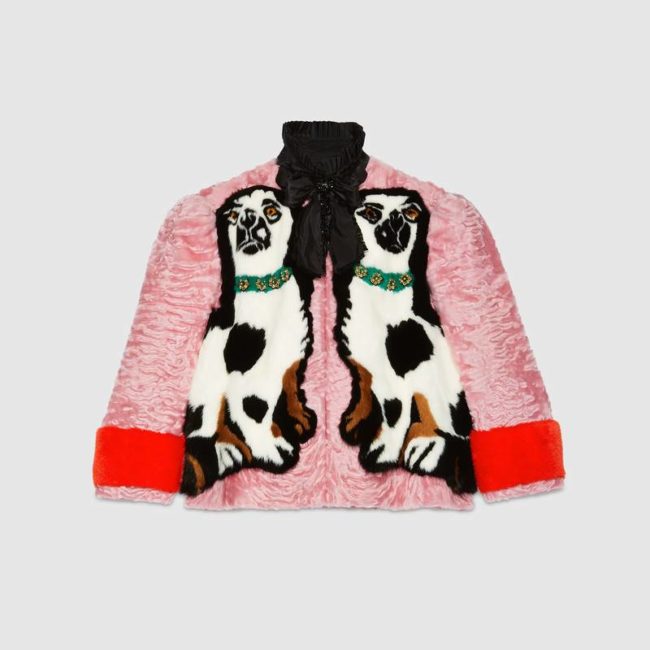
Spaniel dogs intarsia fur jacket
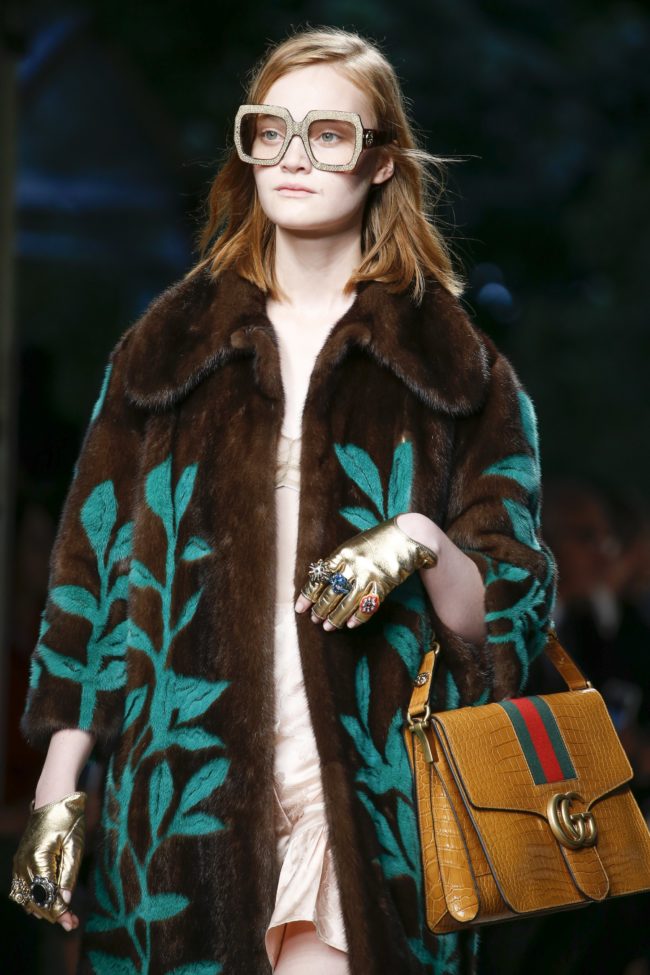
Gucci Spring 2016 Ready-to-Wear
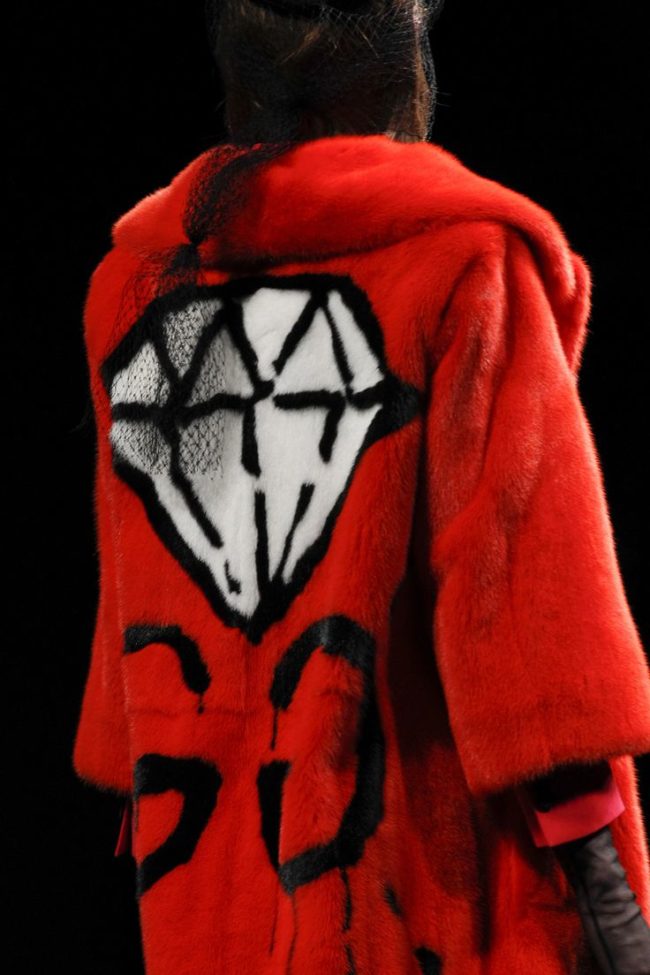
Fall 2016
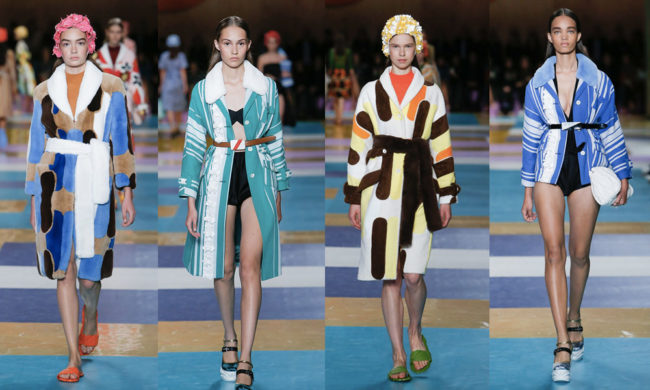
Gucci SS17
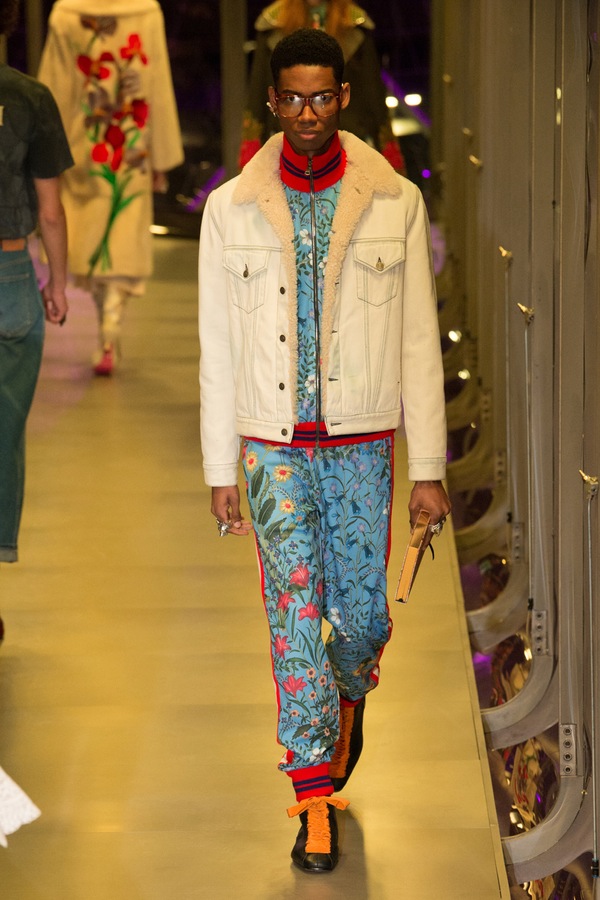
Gucci Fall 2017/ Winter 2018
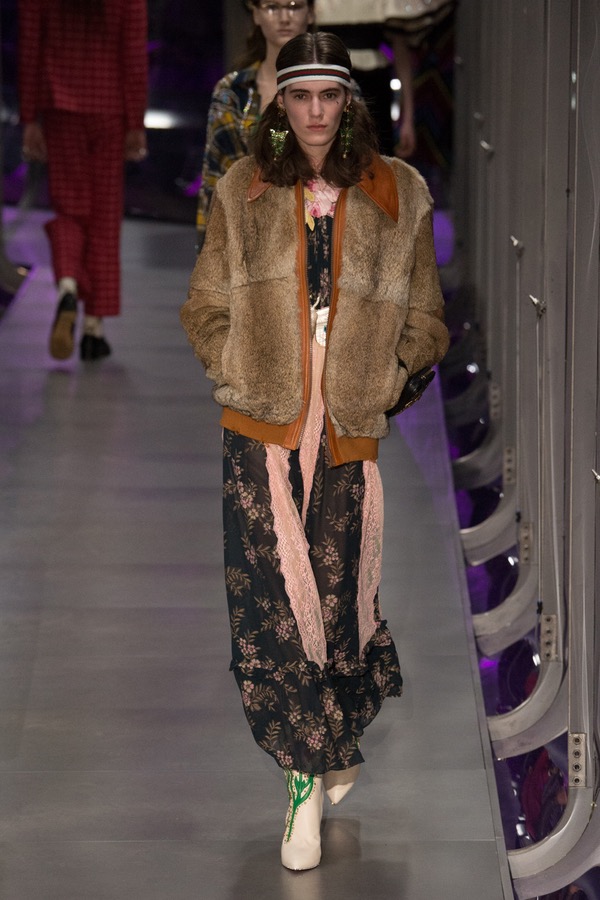
Gucci Fall 2017/ Winter 2018

PARIS, FRANCE – MARCH 01: Christine Centenera wearing brown Gucci fur coat outside Maison Margiela on March 1, 2017 in Paris, France. (Photo by Christian Vierig/Getty Images)
Things That Make You say Hmmm….




